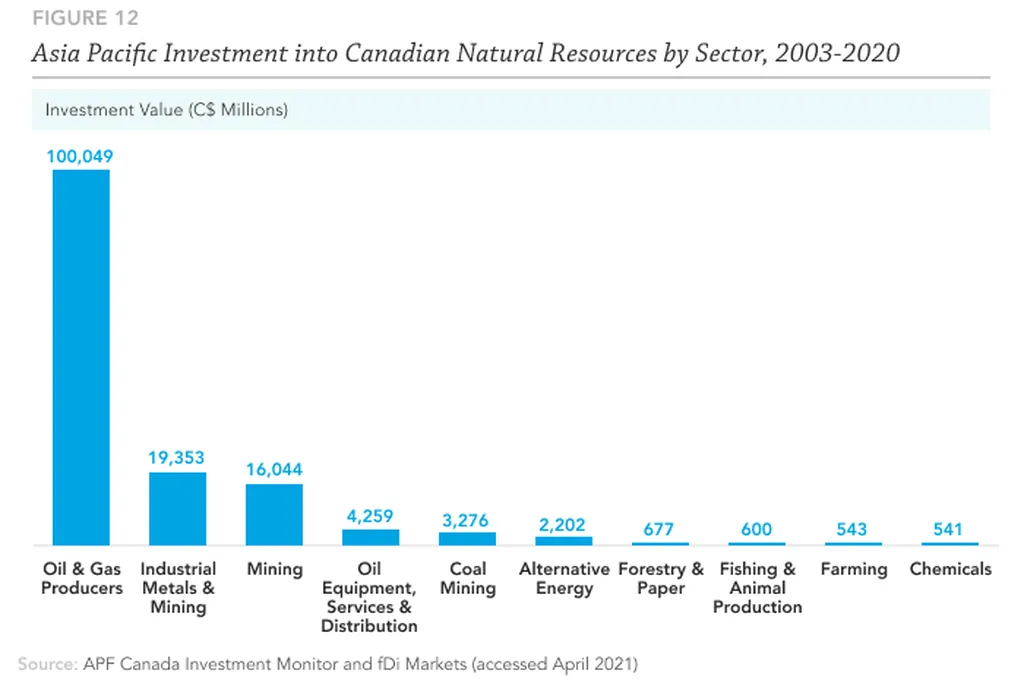Canada’s bold move to accelerate C$6.4 billion in critical mineral projects marks a pivotal moment in global resource dynamics, positioning the country as a strategic alternative to China’s dominance in materials vital for clean energy transitions, defence applications, and advanced manufacturing. This initiative, unveiled during the recent G7 meeting in Toronto, underscores Canada’s commitment to becoming a supply chain leader for key allies, particularly as Western nations seek to diversify supply chains amid escalating geopolitical tensions and resource security concerns.
The acceleration strategy targets specific mineral categories where Canada holds competitive geological advantages and existing production capabilities. Battery metals like lithium, cobalt, nickel, and graphite take centre stage, alongside rare earth elements and specialty materials such as scandium and copper. These materials are crucial for electric vehicle batteries, renewable energy systems, aerospace applications, and advanced manufacturing processes. Minister Tim Hodgson emphasised that Canada and its G7 partners will mobilise both public and private capital to fast-track production, particularly for graphite, rare earth elements, and scandium. This approach aligns with broader critical minerals strategies worldwide, reflecting urgent global demand for supply chain diversification.
Canada’s existing production infrastructure provides a substantial foundation for rapid scaling. The country already produces significant quantities of nickel, copper, and cobalt, offering immediate advantages in established mining regions with developed transportation networks and processing facilities. The strategy emphasises portfolio diversification across multiple mineral types and geographic regions to minimise single-commodity exposure and optimise resource allocation. Priority consideration goes to projects with established Indigenous partnerships and environmental compliance frameworks, ensuring sustainable and socially responsible development.
The C$6.4 billion acceleration commitment represents the largest coordinated critical mineral investment in Canadian history. This funding targets immediate project development rather than exploratory activities, focusing on deposits with proven reserves and established feasibility studies. The investment strategy prioritises projects that can achieve production milestones within three to five years, significantly faster than traditional mining development timelines. This accelerated approach reflects urgent global demand for supply chain diversification and Canadian competitive advantages in established mining regions.
Regulatory innovations aim to reduce project approval timelines by 30-40% while maintaining rigorous environmental protection standards. Streamlined assessment protocols, parallel processing systems for environmental and technical assessments, and pre-approved consultation frameworks for Indigenous engagement are among the key innovations. These improvements emphasise predictability and transparency in the approval process to encourage private sector investment.
Canada’s approach emphasises multilateral partnerships that strengthen supply chain resilience while distributing development risks across multiple stakeholders. The G7 Critical Minerals Alliance provides a framework for coordinated investment and technology sharing among democratic nations. Offtake agreements with international mining giants like Rio Tinto and domestic companies such as Nouveau Monde Graphite reduce project financing risks and accelerate capital deployment. As Minister Hodgson noted, “An offtake agreement provides production certainty by establishing predetermined pricing and purchase volumes, enabling faster project financing and reducing investor risk profiles.”
The development pipeline focuses on projects with advanced development status and proven resource bases. Teck Resources’ Highland Valley Copper operation in British Columbia exemplifies the scale and scope of priority developments, representing Canada’s largest copper operation with a planned $2.4 billion expansion. Geographic distribution of priority projects considers infrastructure advantages and development timelines, with British Columbia, Saskatchewan, Quebec, and Ontario emerging as key regions.
Canada’s geographic positioning provides multiple strategic advantages for critical mineral development and export logistics. The country’s extensive coastline offers direct access to Atlantic, Pacific, and Arctic shipping routes, while established rail and highway networks connect mining regions to processing facilities and export terminals. British Columbia’s Pacific coastal access and Quebec’s hydroelectric power and St. Lawrence Seaway access create optimal conditions for large-scale mineral production and value-added processing.
Indigenous partnership integration is a cornerstone of Canada’s acceleration strategy. The approach recognises Indigenous rights and sovereignty while creating economic opportunities for affected communities. Direct equity ownership, revenue-sharing agreements, training and employment programmes, and cultural impact assessments are among the key models for economic participation. Environmental stewardship collaboration ensures that traditional ecological knowledge is incorporated into monitoring systems, and co-management frameworks are established for land and water resources.
This initiative could reshape global supply chains, reducing reliance on China and enhancing Western nations’ resource security. By leveraging its competitive advantages and fostering international partnerships, Canada is poised to become a key player in the critical minerals sector. The strategy not only addresses immediate supply chain vulnerabilities but also supports the broader critical minerals energy transition that many nations are pursuing. As the world grapples with the complexities of clean energy transitions and geopolitical tensions, Canada’s acceleration strategy offers a compelling model for sustainable and responsible critical mineral development.

